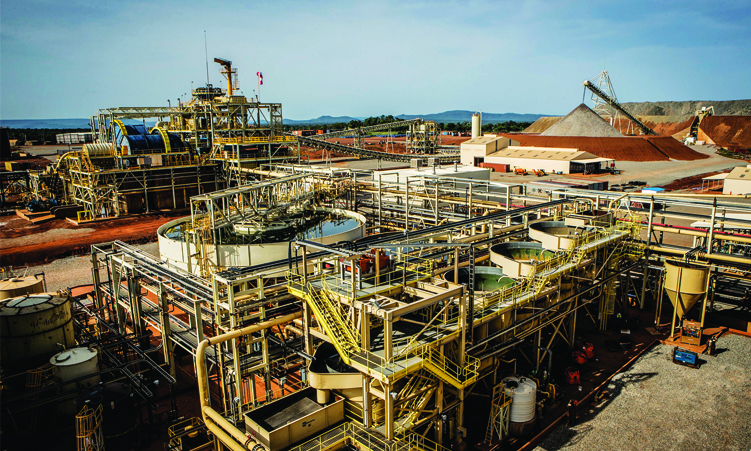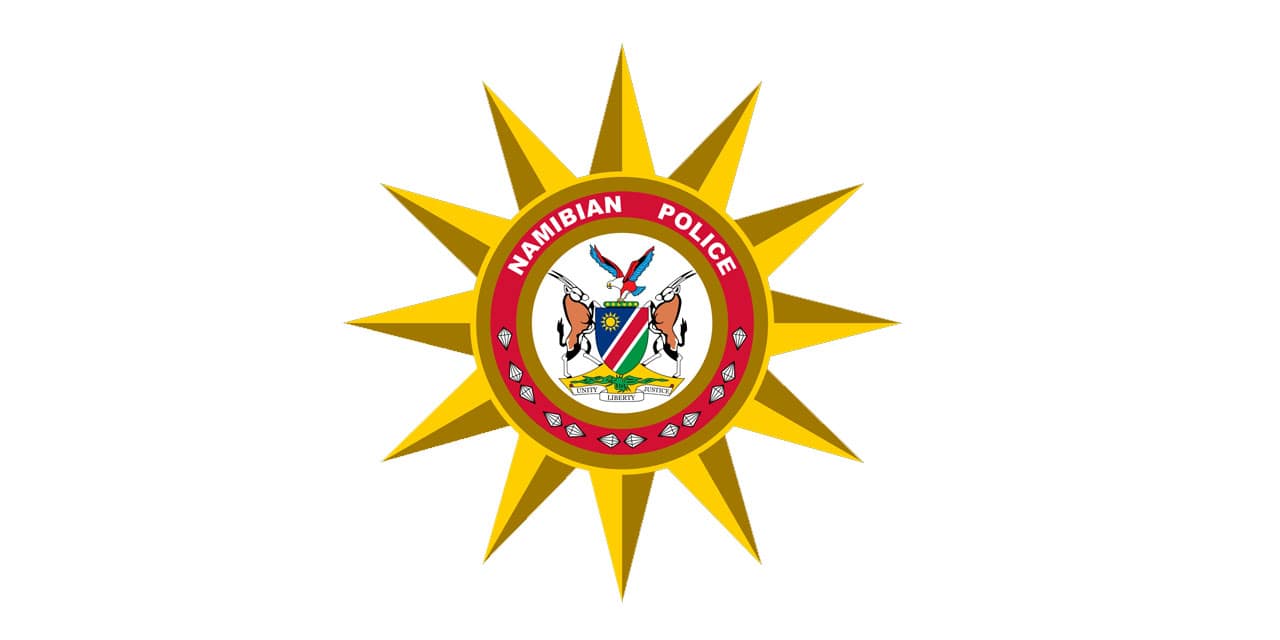B2Gold has announced positive exploration drilling results from the Antelope deposit at the Oshikoto mine, highlighting the potential to expand underground gold production past the early 2030s.
According to a statement issued by B2Gold president and chief executive Clive Johnson, the Antelope deposit, comprised of the Springbok Zone, the Oryx Zone and a possible third structure, Impala, subject to further confirmatory drilling, is located approximately three kilometres south of the Otjikoto Phase 5 open pit.
“The Antelope deposit has the potential to be developed as an underground mining operation, which could complement the expected processing of stockpiles at the Otjikoto mill from 2026 to 2031,” noted the statement.
The US$9 million exploration budget, focused predominantly on the Antelope deposit, the largest drill programme since the definition of the Wolfshag discovery in 2012; and on the 39 000m of drilling planned to define and expand the Antelope deposit, noted the statement.
Drill results at the Springbok Zone and Oryx Zone indicate the potential for possible underground development of the Antelope deposit, which could begin to contribute to gold production at Otjikoto in 2026.
In 2023, B2Gold completed a US$3,3 million (N$61,5 million) exploration programme in Namibia, with exploration drilling focused on the ML169 mining licence, which surrounds Otjikoto. A total of 22 058m of drilling was completed in 2023, the majority of which targeted the high-grade gold mineralisation of the Antelope deposit.
The Antelope deposit was discovered in 2022, following deep drill testing on three-dimensional models of magnetic inversion data.
The deposit is comprised of up to three separate mineralised structures, of which the southernmost Springbok Zone has been defined by 100m by 50m spaced drilling, over a strike length of approximately 800m.
Mineralisation has a dip extent of approximately 150m and is between 7m and 10m thick.
North-east, along strike of the Springbok Zone, a similar type of high-grade mineralisation has been intersected in the Oryx Zone, which appears to represent a second shoot, stacked stratigraphically above the Springbok Zone.
An initial mineral resource estimate at the Antelope deposit is anticipated by the third quarter of 2024, said Johnson in the statement.
Open-pit mining operations at Otjikoto are scheduled to slow down throughout 2024 and conclude in 2025, while underground mining operations at Wolfshag are expected to continue through 2026.
“Processing operations will continue through 2031, when economically viable stockpiles are forecast to be exhausted.
“These positive drill results from the Antelope deposit indicate there is potential for a possible underground development to supplement the processing of stockpiles through 2031, with the goal of increasing Otjikoto gold production levels to over 100 000 ounces per year from 2026 through 2031,” Johnson added.
– email: matthew@namibian.com.na
Stay informed with The Namibian – your source for credible journalism. Get in-depth reporting and opinions for
only N$85 a month. Invest in journalism, invest in democracy –
Subscribe Now!






